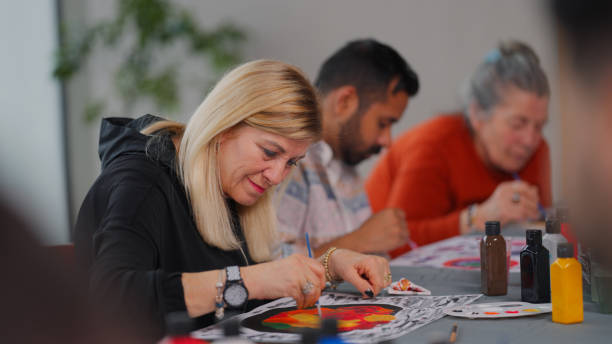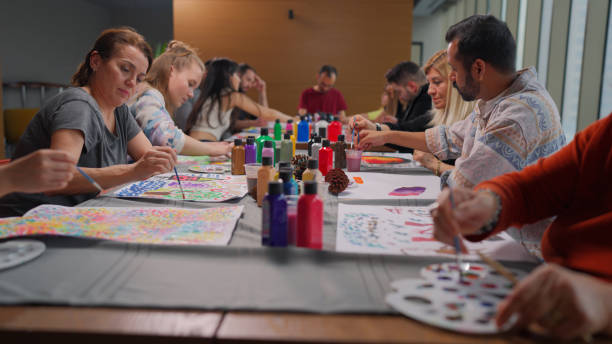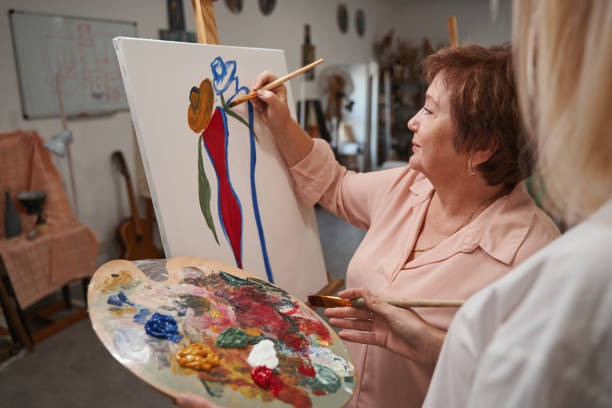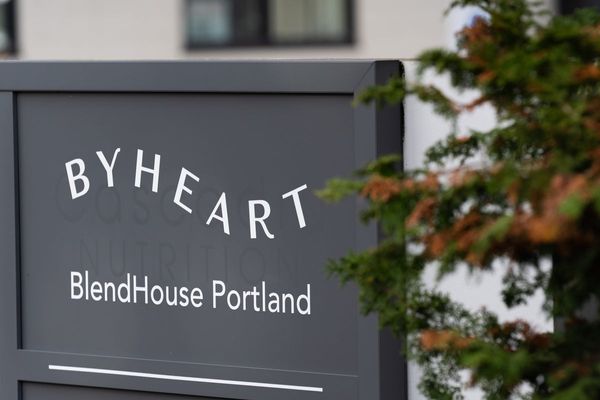
Art is already known as a healing agent, and it taps into areas of feeling and thought that traditional therapy sometimes does not. In the field of addiction treatment and recovery, art therapy has emerged as a potent tool that can heal, promote personal growth, and offer hope to those who strive to reclaim their lives from the grip of substance abuse.
Art Therapy: An Expressway to Expression
For people in recovery, talking about emotions such as guilt, shame, anger, and grief can be an overwhelming or impossible experience. When words can't express these difficult feelings, art therapy offers a non-judgmental, safe environment for these feelings to be expressed visually through painting, sketching, sculpture, or collage. The process allows the participants to enter their internal world formed by addiction, making the abstract concrete and manageable.
Tapping into the subconscious: Suppressed emotions rise to the surface, facilitating catharsis and emotional release. This process is particularly helpful for those whose addiction has been associated with trauma or underlying unresolved internal issues.
Developing Self-Knowledge and Self-Self-assurance

Art-making is a highly empowering experience. As the person goes through the process of creating something new, they learn about their strengths and vulnerabilities which may have been suppressed during active addiction. The completion of an art project (regardless of expertise or experience) creates a sense of achievement and pride that can offset feelings of worthlessness often linked with addiction.
Self-reflection is developed naturally as participants decipher and talk about their creations, as they learn about patterns of thought and behavior. This enhanced self-awareness forms the foundation for continued personal growth and transformation, which is necessary for sustaining sobriety.
Healthy Stress Reduction and Coping Skills
Art therapy provides a positive release of stress, anxiety and cravings. Instead of using substances, people can use energy to create something, turning negative impulses into something creative. It's been proven that activities such as drawing or sculpting relax the mind, help lessen anxiety and build resilience, all of which help prevent relapse and cope with life's inevitable challenges.
Creation also activates pleasure centers in the brain, which in a healthy way increase dopamine, filling in the void left by alcohol or drug abuse.
Promoting Community and Connectedness
Group art therapy programs are an important component of the recovery process for many people. These environments foster a sense of belonging, mutual support, and understanding among participants, breaking down barriers of isolation and loneliness prevalent in addiction. Whether painting a mural or just sharing creations, members of groups get together over shared experiences and aspirations for progress.
Hopes that group work will strengthen social bonds and help to maintain accountability in order to make continued recovery more possible.
Present Centeredness and Mindfulness

Much art therapy focuses on mindfulness - a state of non-judgmental awareness in the present moment. As they immerse themselves in the creative process, they form a stronger harmony between mind, body and creativity. This mindfulness practice carries over into the participants' daily lives, where they have been able to deal with cravings and triggers.
Techniques of Art Therapy Used
Art therapy may involve the following techniques:
- Seeing Visualization for Correlation to Trigger and Recovery Intent
- Painting as a means of working through and unlocking hard feelings
- Collage to symbolize fragmented feelings to be re-combined
- Art as a way to bring to the surface of awareness unresolved trauma or to create a picture of an ideal future.
These methods are responsive to the individual's needs - art therapy isn't about talent, it's about genuine self-expression and recovery.
Combining Art Therapy With Other Therapies
At many facilities - including an addiction treatment center, drug & alcohol rehab - art therapy is available in addition to more traditional modalities such as counseling and cognitive behavioral therapy, making for a very multi-disciplinary plan of recovery. This integration means that art therapy is not a replacement but a complement to comprehensive addiction treatment, making it more effective.
Conclusion
Art therapy provides much more than a creative pleasure; it is a pathway to emotional healing, self-discovery, and community for those in recovery from addiction. It teaches positive coping skills, heals self-esteem, and helps people imagine and create a better future. Whether practiced individually or together, art enables people in recovery to find resilience and hope and demonstrates that healing can be as beautiful and transformative as the art they produce together.







